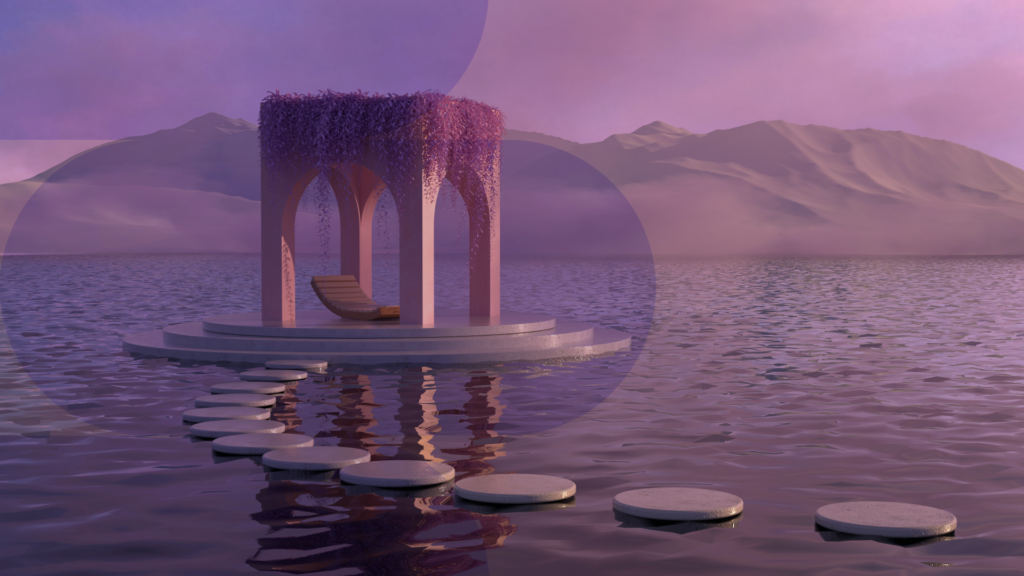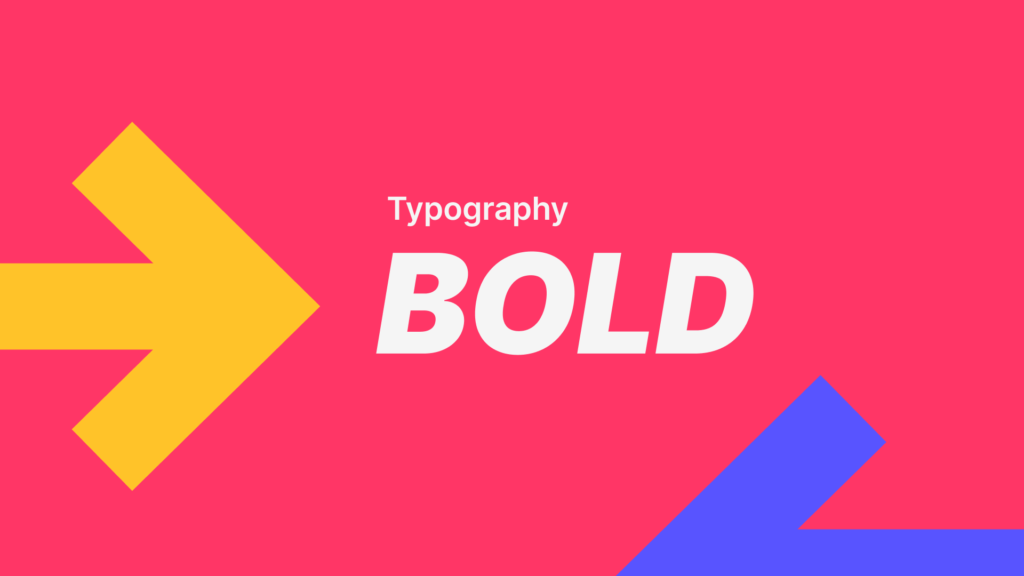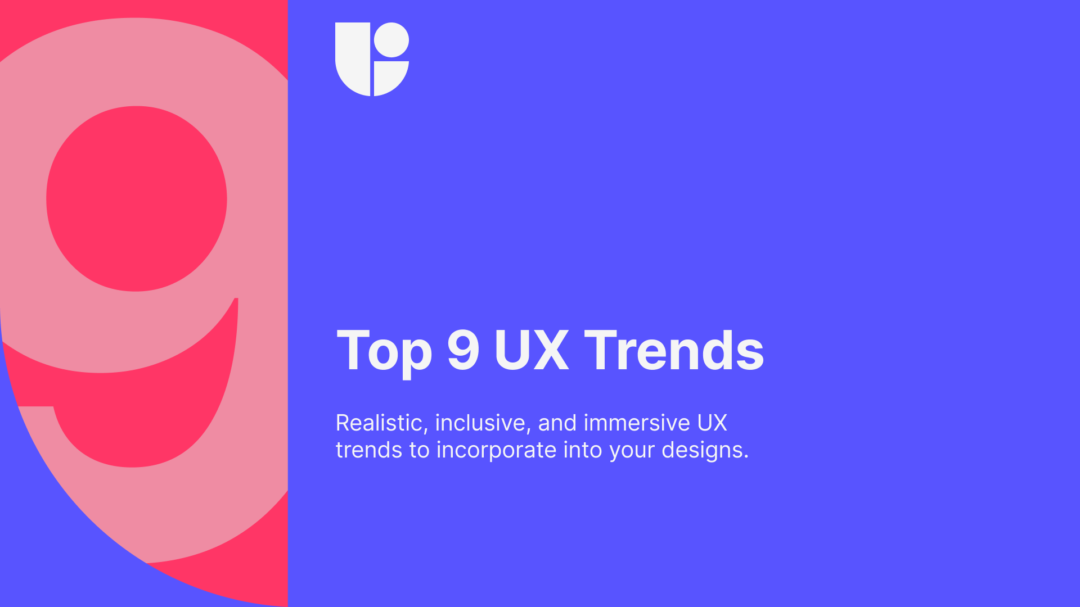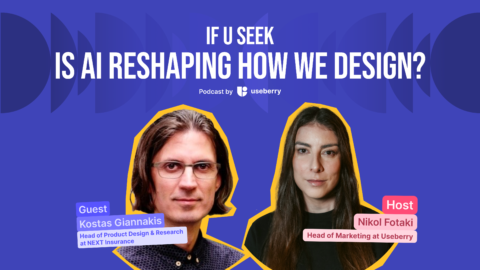UX design is a dynamic and ever-changing field. With the changes brought by the COVID-19 pandemic over the past 2 years, and the move of most of our everyday interactions online, it is safe to say UX design has had to adapt and evolve to fit the needs of the users.
The competition is fierce and obsolete design will just not do. Here are the latest and most important trends to incorporate into your design to keep it contemporary and appealing in 2022.
Visual Storytelling
Telling stories is deeply ingrained into the human experience. Users connect more with companies that share stories, evoking feelings of relatability and trust.
What better way to immerse your users in the story than visual storytelling. Apple’s product pages are an excellent example of this, making the user take part in the storytelling experience by scrolling.
If this is something you want to try for your website, remember to test it with Useberry’s Website Testing.
Escapism

The definition of escapism is the tendency to seek distraction and relief from unpleasant realities. We can safely say Covid made our reality unpleasant.
Virtual museum tours should have been our first clue. With lockdowns preventing traveling, people started looking online for a small escape from the COVID reality.
This has started transferring over to UX design in many forms. Exotic designs, natural colors, and bright alien locations offer a break and relief from the stress of everyday life and confinement.
Minimalism
While maximalism can be great for grabbing your user’s attention, in design less is always more. We are getting flooded with information and “loud” designs to the point our minds are getting tired.
At the same time, in the name of inclusivity and accessibility, UX designers have to start taking neurodivergent brains into account when deciding on the direction of their design.
Minimalistic design can offer a less frustrating, more inclusive experience to your users and better highlight your content.
Bold Typography

One of the “hottest” topics these days is Tik Tok and how it is affecting our shortening attention spans. Research shows we have about 8 seconds to capture the user’s attention before they move on to something more exciting.
As we move on to more minimalistic design, the combined use of bold typography is a great way to catch the user’s eye and concisely convey the main points, while keeping your app’s or website’s look clean.
Test the typeface you choose with Useberry to make sure it looks good on all devices and formats.
Accessible vs Universal Design
While there are rules set to keep design accessible to people with disabilities, it is at the designer’s discretion to consider the wide spectrum of needs and abilities of users.
Our design must always be accessible, but it is high time we make it inclusive as well. Instead of aiming to meet the bare minimum standards set by governments, UX designers in 2022 are starting to design not just for people like them, but for everyone.
Inclusivity is important and it is time it finally became one of the main aspects of design.
Test your design with Useberry to make sure you are being inclusive and avoid accessibility issues.
Get the precise feedback you need from targeted audiences using Useberry’s Participant Pool and create experiences your users will value.
Custom Experiences
Talking about accessibility takes us to the next big thing in UX, custom-tailored experiences. We can see examples of this in our interactions with apps such as Netflix, Spotify, and sites like Amazon.
Personalization focuses on the user’s behavior, location, and demographics and is key to providing them what they need and keeping them engaged with your app or website.
Anthropomorphism

Spending the biggest part of the past 2 years indoors, and for a vast amount of people alone as well, no wonder anthropomorphism has started to trend in 2021 and is still going strong.
Anthropomorphism is the attribution of human characteristics or behaviors to inanimate objects, animals, or even weather phenomena.
It is an innate tendency of human psychology and we see examples of this across the centuries, from ancient myths to stories and cartoons, and it is based on the human need to frame things around us in a way we can understand, explain and predict.
Be it animations such as BoJack Horseman and Beastars or M&Ms and the Michelin Man, designers and companies use this form of emotive design to evoke empathy and make the users associate positive interaction with human-like behaviors they can relate to and understand.
In UX design, and keeping the less is more adage in mind, we see more and more instances of anthropomorphism, from objects and products moving in familiar ways when bored to an array of emotions depicted in subtle but obvious ways.
Glassmorphism

Glassmorphism, as hints its name, uses the translucent nature and feel of glass to enrich your designs.
Coined by Michal Malewicz who was also a big part of the Neumorphism trend taking off back in 2020, glassmorphism is slowly taking over combined with vivid palettes and bright, colorful backgrounds.
When used right, it can make your designs look elegant and striking, but it can be detrimental to accessibility if overdone. Always test your glassmorphic designs with Useberry.
AR/VR
We left the biggest one for last. Augmented Reality (AR) and Virtual Reality (VR) have been at the forefront these past few years due to the obvious reasons we have discussed above. COVID, lockdowns, and escapism may have taken part in this trend getting bigger in 2022 but it is not a new thing.
From Pygmalion’s Spectacles in 1935 and the VR system called “Computer Simulated Teleoperation” created by Nasa scientist Antonio Medina in 1991 to the $2.4 million Kickstart campaign for the Oculus Rift in 2012, we have slowly yet steadily been working towards VR and AR.
According to a report by Valuates, the VR and AR market is expected to reach $571 billion CAGR by 2025.
Augmented Reality is the modification of a real-world environment by integrating digital information in real-time. Some examples of commonly used AR are Pokemon Go, the IKEA mobile app, and Snapchat filters.
Virtual Reality is the creation of an artificial 3D environment controlled by the user experiencing it. Examples include RelieVRx an FDA-authorized at-home immersive virtual reality (VR) pain treatment, Tiltbrush an application for creating art in VR, and Oculus Quest 2 a virtual reality headset developed by Meta’s Reality Labs.
UX designers looking to stay relevant will need to adapt and learn to leverage the potential AR and VR has to offer.
Conclusion
We are slowly and steadily moving toward more realistic, inclusive, and immersive experiences.
Keep an open mind, try new and different things, and always test along the way to see what works best for your design and brand.
Feel free to contact us!
We’d love to know your experience with Useberry and we will be excited to hear your thoughts and ideas.




